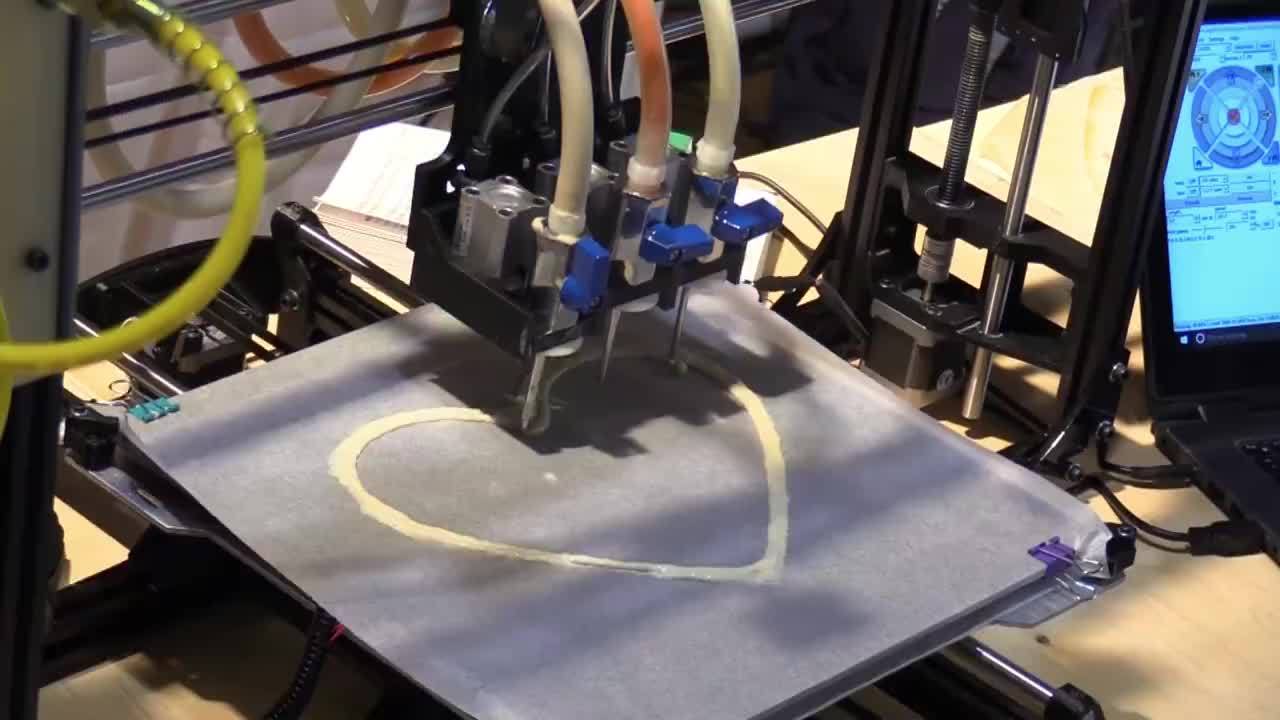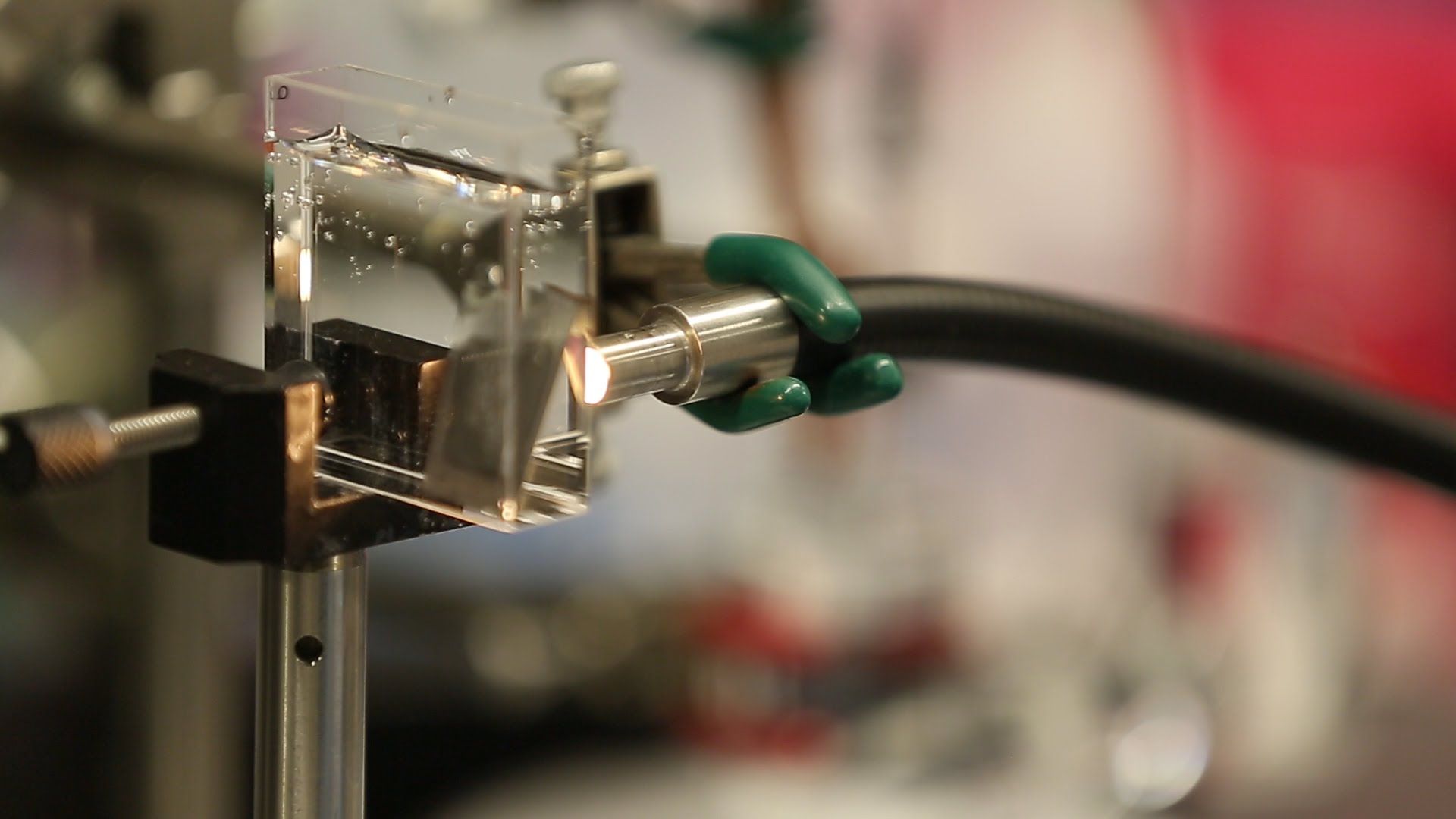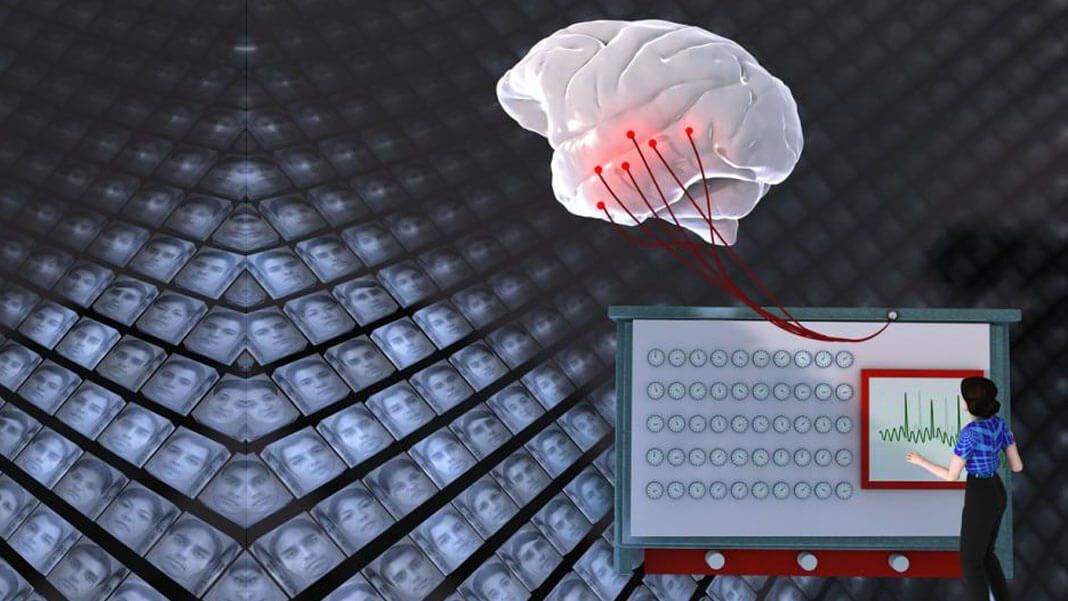This 3D printer can print PIZZA
Posted in 3D printing
It’s a bionic leaf that could revolutionize everything we thought we knew about clean energy.
Harvard scientists open the door to an energetic revolution that has allowed them to test successfully a system that converts sunlight into liquid fuel.
In other words, the chemist who gave us the artificial leaf a couple of years ago has GENETICALLY ENGINEERED A BACTERIUM to absorb hydrogen and carbon dioxide converting them into alcohol fuel.
Picture this: you’re sitting in a police interrogation room, struggling to describe the face of a criminal to a sketch artist. You pause, wrinkling your brow, trying to remember the distance between his eyes and the shape of his nose.
Suddenly, the detective offers you an easier way: would you like to have your brain scanned instead, so that machines can automatically reconstruct the face in your mind’s eye from reading your brain waves?
Sound fantastical? It’s not. After decades of work, scientists at Caltech may have finally cracked our brain’s facial recognition code. Using brain scans and direct neuron recording from macaque monkeys, the team found specialized “face patches” that respond to specific combinations of facial features.
100 Million Passengers Every Year
Posted in economics, food, government, health, policy, sustainability









